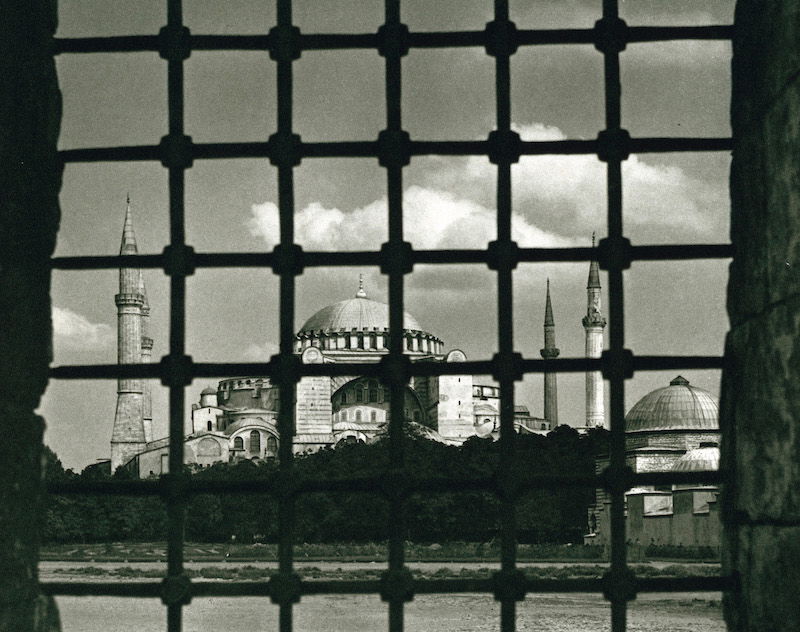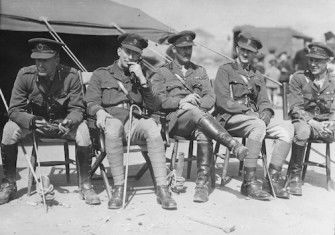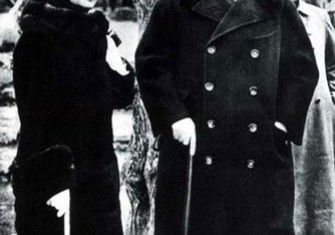Turkey and the End of the Ottoman Empire
The Republic of Turkey is 100 years old. Built on the ashes of an old empire, what place is there for the Ottoman past in the secular state?

In 1922, ‘the sick man of Europe’ was finally pronounced dead. Six centuries old, with a body slumped across three continents, the Ottoman Empire had fallen behind the West and nationalism was biting at its extremities. In its place would rise a secular republic, in which the sultan’s subjects would become modern citizens, the age-old privileges and discriminations based on religion and sex would be abolished, and wealth would belong to the people. But none of this would be possible without radical reforms. It would require a revolution. Coming into being in October 1923, the Republic of Turkey stood at a crossroads; as it enters its second century it stands at another. How to reconcile the cultural heritage of the Ottomans with the political values of the Republic?







